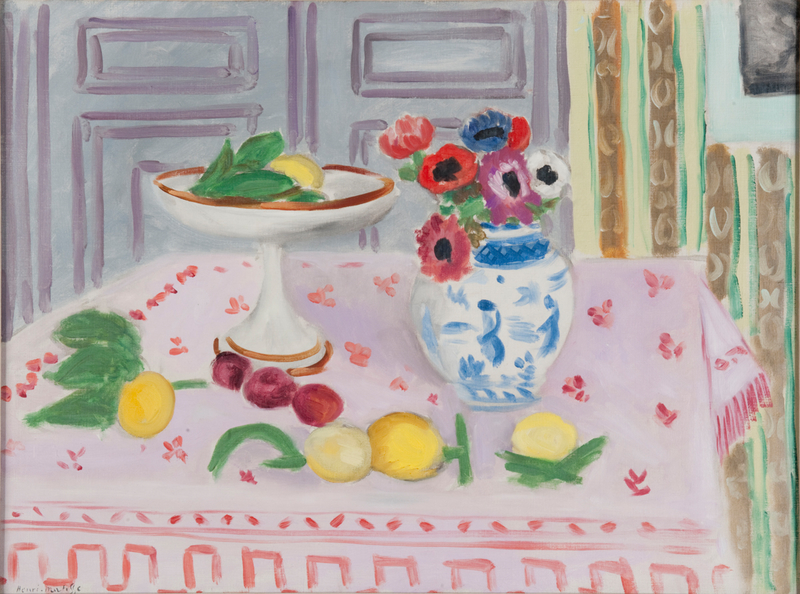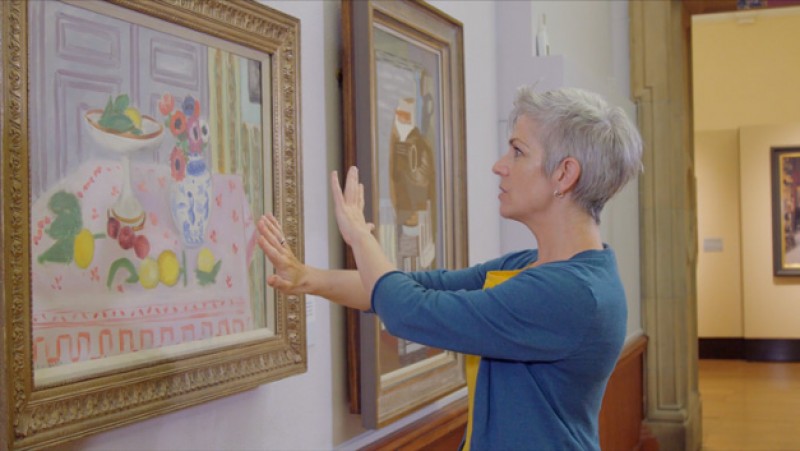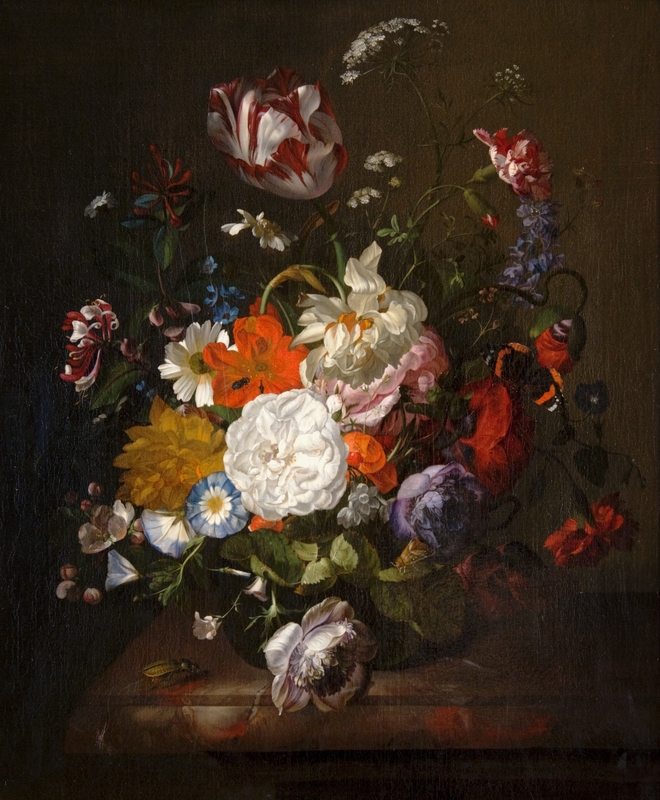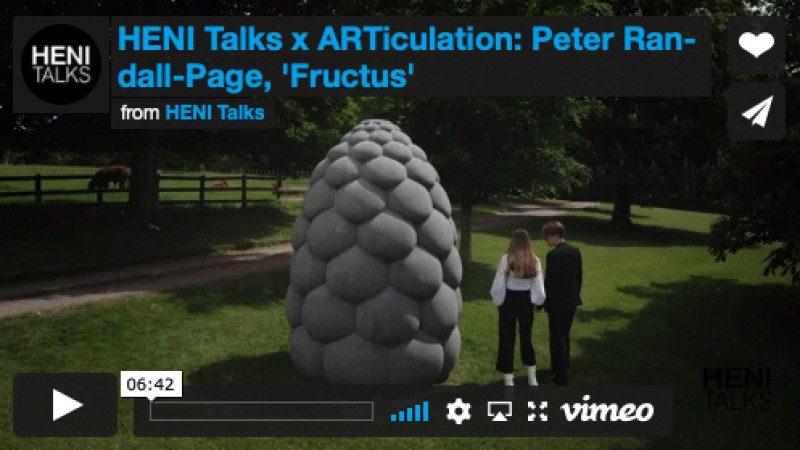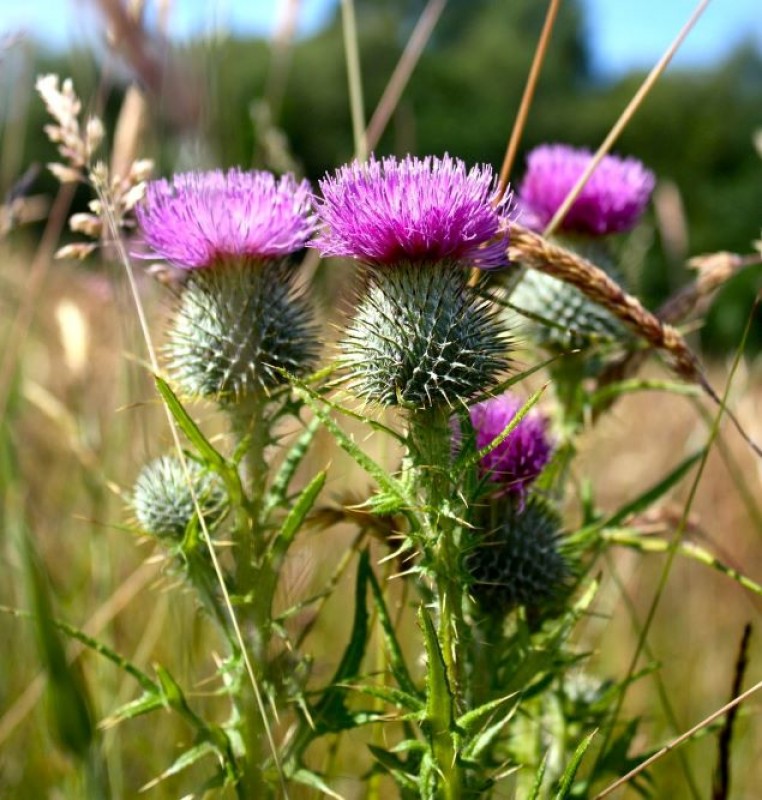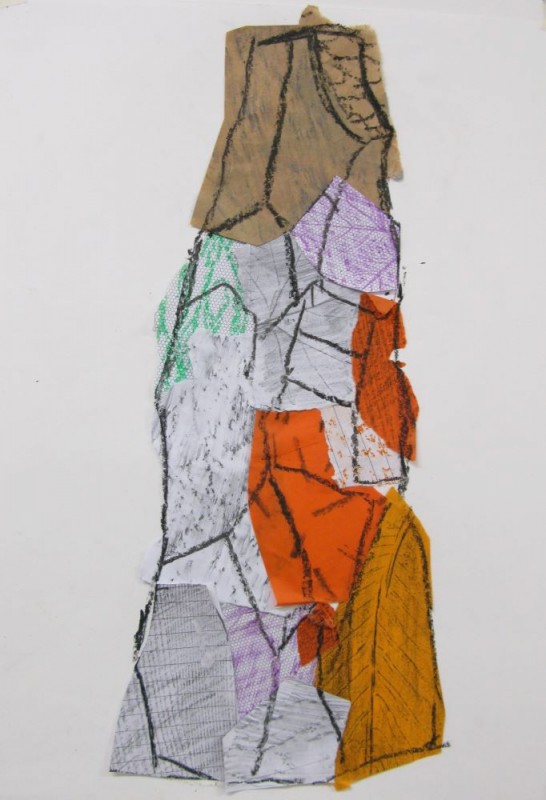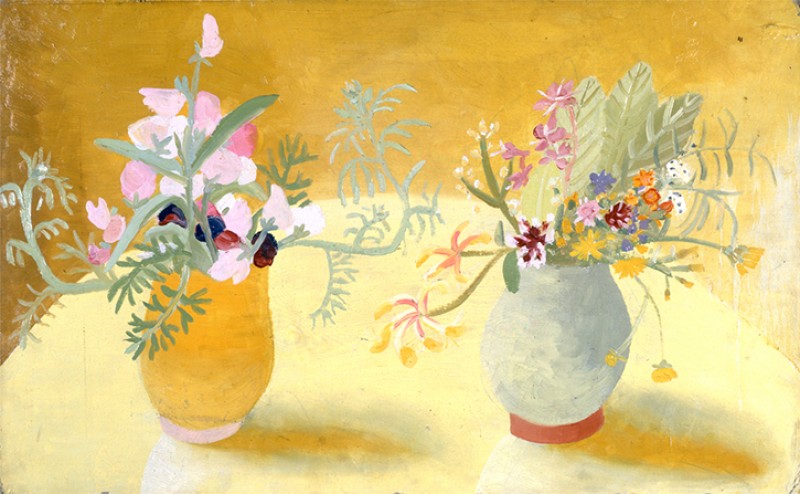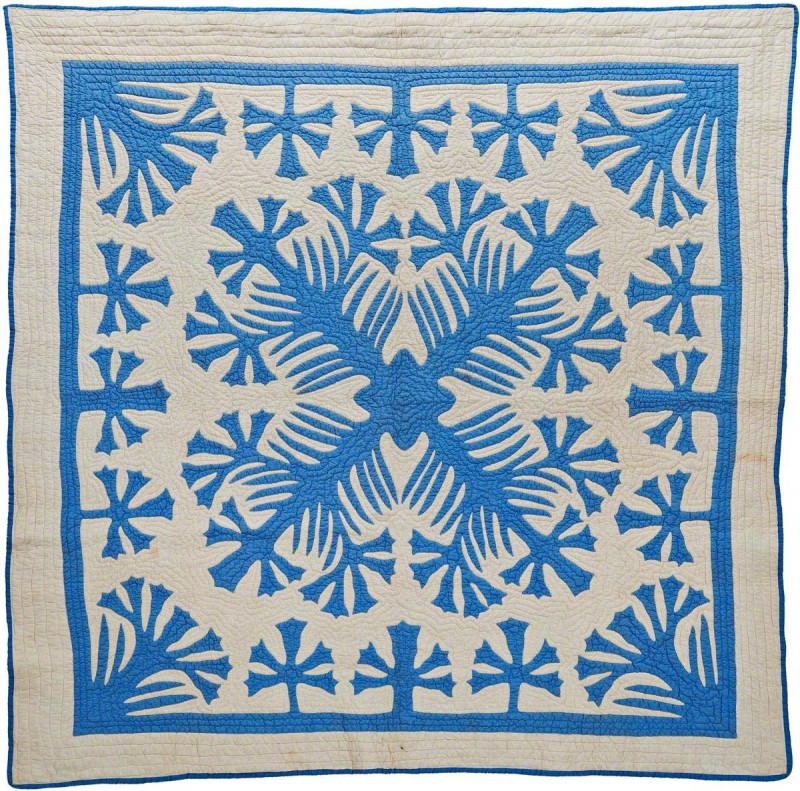'The Pink Tablecloth' by Henri Matisse
This audio clip describes the painting The Pink Tablecloth by Henri Matisse (1869–1954).
It has been created for use as part of our primary school resource, The Superpower of Looking, in order to support pupils with blindness or visual impairment to take part in the lessons.
Explore the painting further in our resource, Matisse and a pink tablecloth.
Full audio description text
Called The Pink Tablecloth, this painting is just over 60 centimetres tall and 80 centimetres wide. It was painted in pale colours, in a very simple style by Henri Matisse between 1924 and '25. The pink cloth of the title covers a square tabletop that, level with our eyeline, takes up most of the picture. The top is the only part of the table shown. Its legs are cut off by the frame.
It's in a room suggested by light grey double doors behind the table that fill two thirds of the image from the upper left. These are roughly outlined in a dark purple and their panels suggested by dark purple rectangles.
Vertically striped yellow and brown wallpaper covers the rest of the wall. Each brown stripe is bordered by thin green lines and patterned with white horseshoe shapes and x-shaped crosses. In places, the watery green lines look as though the artist has run out of paint and added more to make the line longer. The two parts of the line don't quite meet up.
The bottom part of a pale-blue framed painting hangs on the wall, nudging in from the top right-hand corner. The picture itself is grey and shows no detail. Although this appears to be a real room, nothing is painted realistically, no line is straight, there are few shadows and colours blur.
The pale pink tablecloth is patterned with dots that could be cherries. Its edge is tasselled where it folds over the rear-right corner of the table and there is a design of repeating rectangles along its front edge.
On the table, a vase of flowers stands just to the right of centre. The flowers, which are called anemones have black centres and their petals are mostly in shades of red and purple although one flower is white and another blue. The pottery vase is white. Its rounded body narrows towards a collar at the neck. Chinese-style figures, sketched in blue, decorate the bulging body of the vase and a darker blue zigzag design decorates its neck.
To the left of the vase is a white fruit stand. It's as tall as the vase and consists of a shallow bowl on top of a flared base. The rim of the bowl and its circular base are ringed in coppery brown. The bowl holds a lemon with green leaves. Four more lemons with leaves attached, have been set out in a row across the front of the table. Each is a different yellow – some buttery, others quite pale.
Three purplish plums or peaches lie on the diagonal between the lemons and the bowl. Despite some shading, the fruit are simple elongated circles and the leaves are dabs of colour. We know they are leaves by their colour and connection to the lemons rather than by their shape.
